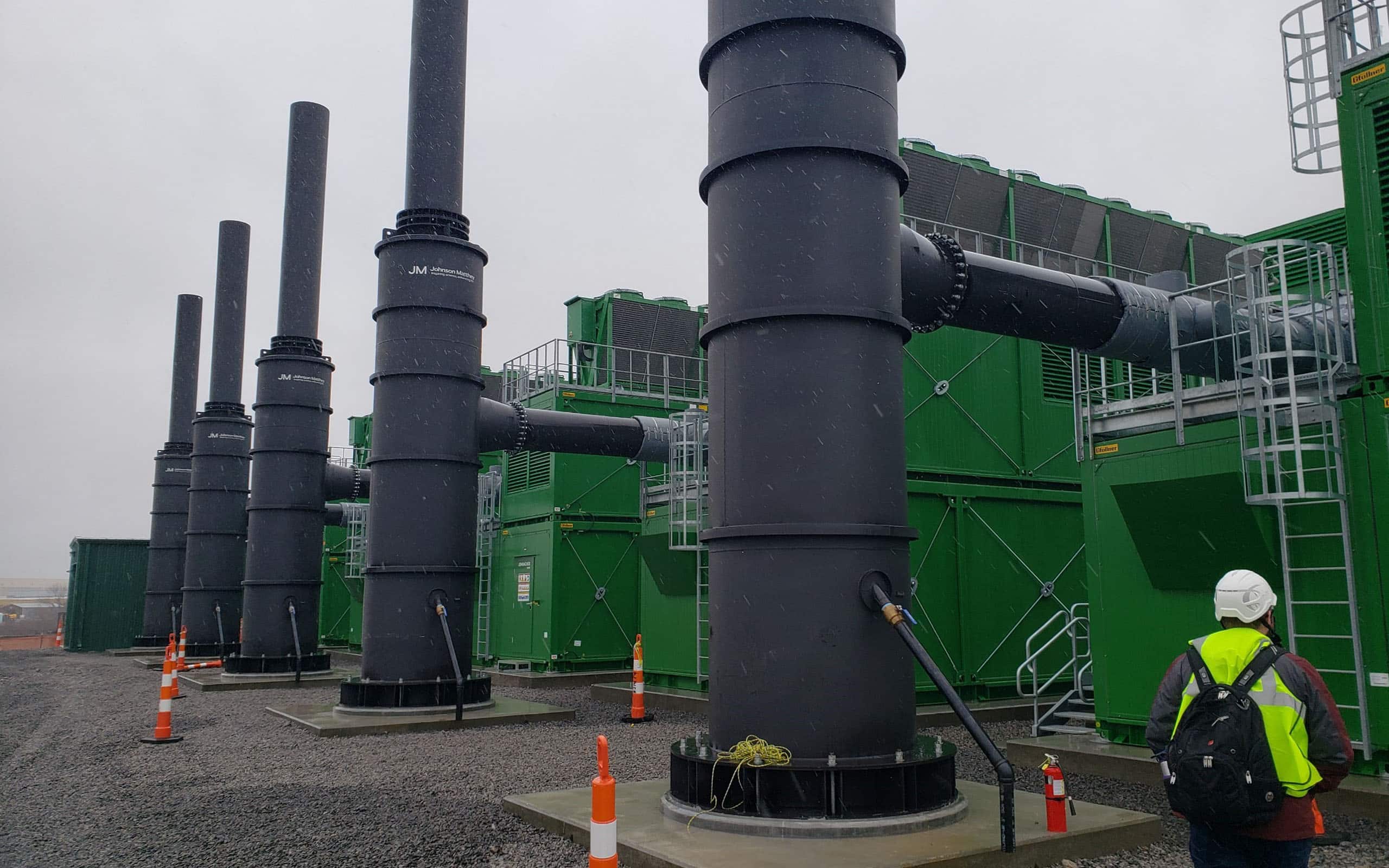Hartsfield-Jackson Atlanta International Airport Preliminary Microgrid Feasibility Study
Across the country, state public utility regulatory bodies have begun to embrace and promote the development of microgrids to enhance resilience of critical facilities and infrastructure and improve the overall operation and performance of the “macro” grid.
The State of Georgia Public Service Commission recently began to explore the deployment of microgrids. Georgia Power Company (GPC), a fully regulated investor-owned electric utility, submitted an Integrated Resource Plan (IRP) in 2019 that for the first time explicitly emphasizes the importance of electric grid resilience amid a changing generation mix and in response to a range of growing threats to the grid.
Burns was tasked to assess the feasibility of a resilient, low-carbon microgrid at Atlanta Hartsfield-Jackson Airport capable of insuring full airport operational continuity in the event of a power outage. The recommended microgrid’s distributed energy generation and storage assets would operate in grid-parallel mode during normal or “blue sky” conditions and be able to function in grid-disconnected or “island mode” to supply power during outages.
The envisioned microgrid would incorporate a hybrid array of distributed energy resources (DER) able to meet both electric base load and peak load requirements, including but not limited to cogeneration, solar photovoltaics (PV), battery storage, and backup emergency generators.
In addition to increased power reliability and resilience during power outages, the microgrid would incorporate low, no-carbon energy resources that, during normal conditions would help to lower total airport energy costs, reduce emissions, and act as a responsive, “optimizing” resource to the local and regional electric grid.
Location
Atlanta, GA
Client
Hartsfield-Jackson Atlanta International Airport
Industry
Learn more about Burns' aviation solutions
AviationRelated Projects

Pittsburgh International Airport, Resilient Microgrid Project Support

Philadelphia Navy Yard, Energy Planning & Advanced Microgrid Solutions

Temple University, Microgrid Campus Infrastructure Modernization

Santa Fe Community College (SFCC) Campus Microgrid

New Jersey Transit, NJ TRANSITGRID, Transportation Microgrid to Increase System Resiliency and Reliability

Highland Park Resilient Microgrid Development

Amond World, California Almond Storage Facility, Solar-Powered Microgrid

New Jersey Transit, Distributed Generation Program

New York Power Authority, New York State Office of Mental Health, Clarkson Avenue Medical Complex Microgrid Initiative


